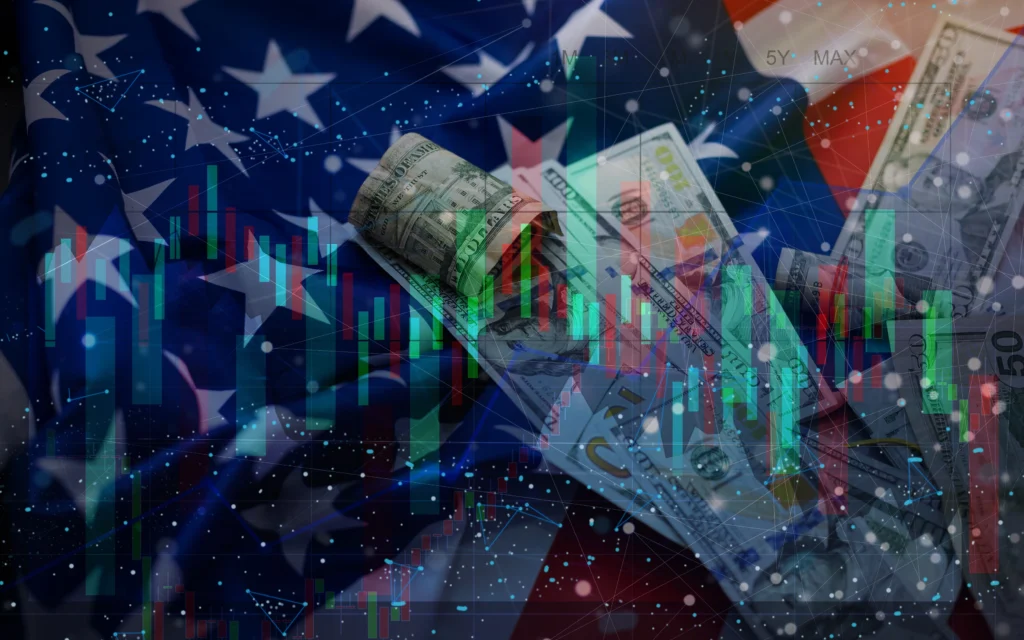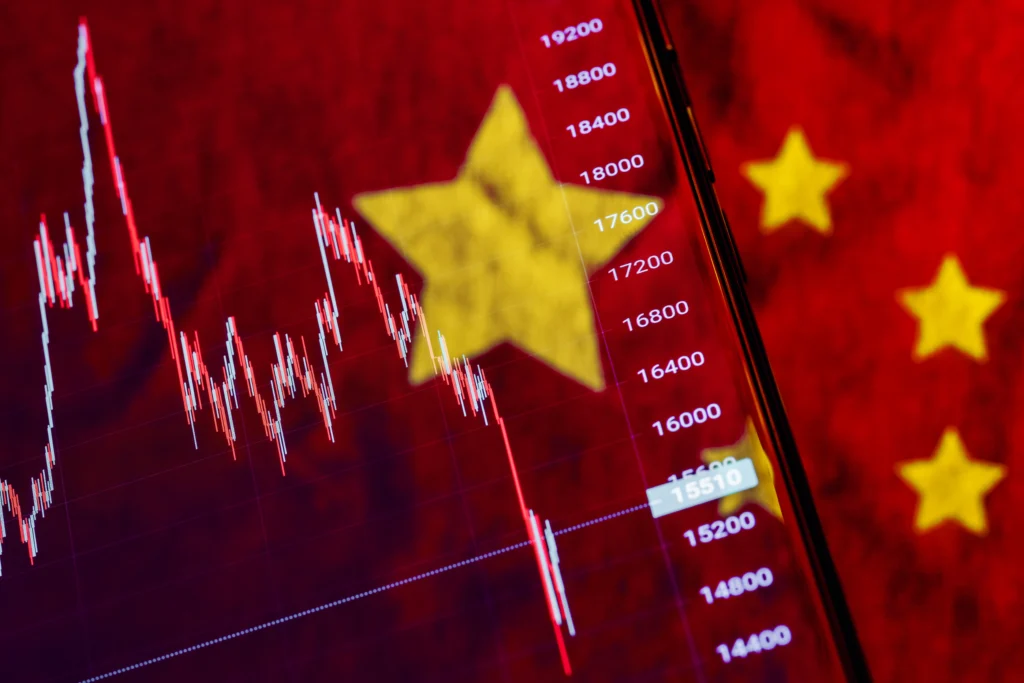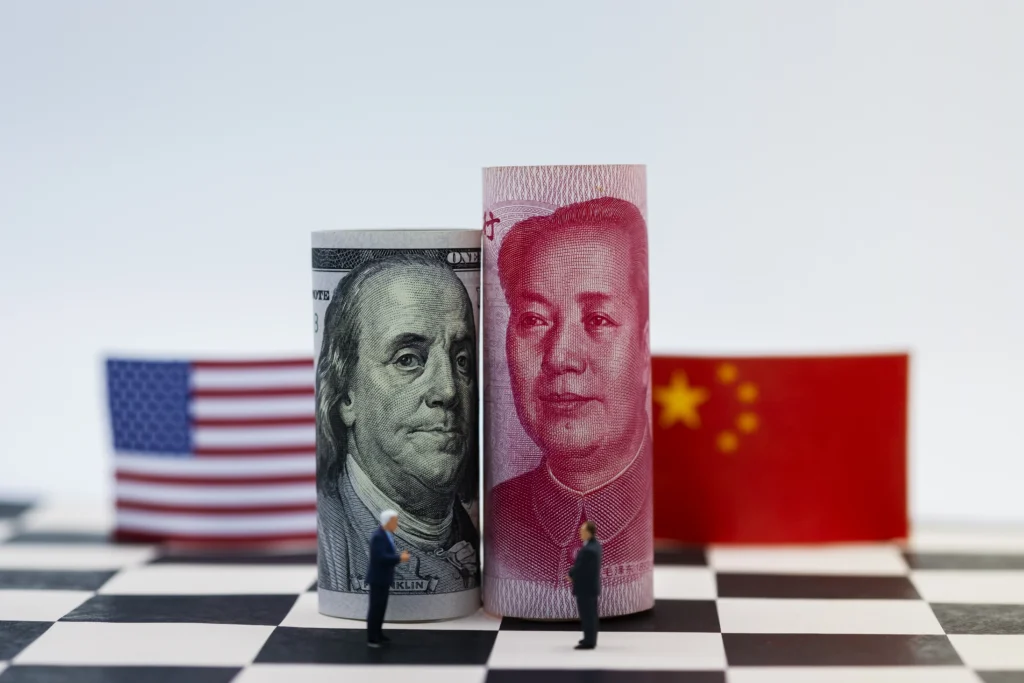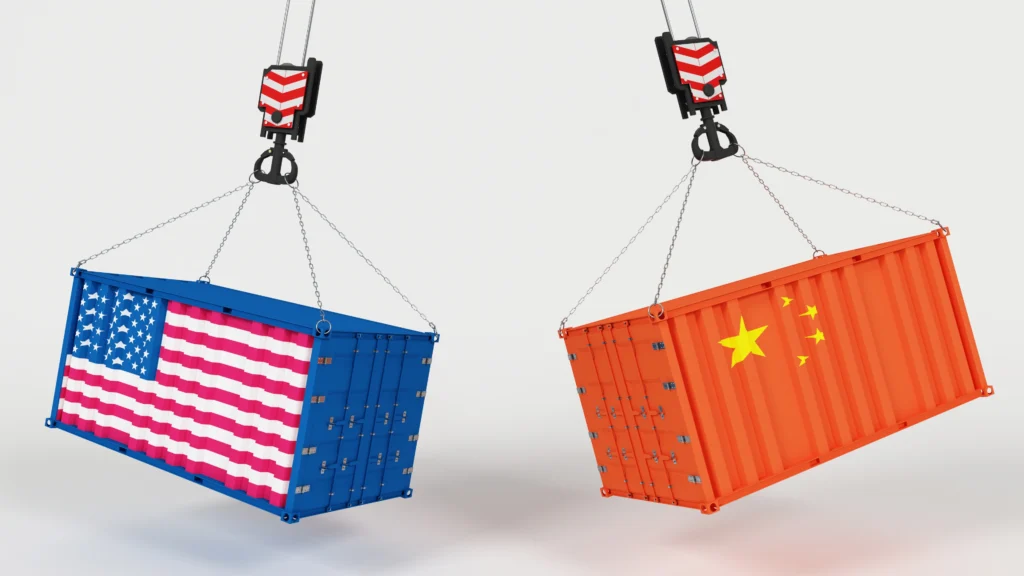The US-China trade war has resurfaced with renewed intensity following former President Donald Trump’s latest decision to double down on tariffs. Once a centerpiece of his 2016 and 2020 campaign rhetoric, Trump’s protectionist approach to international trade has once again taken center stage as he campaigns for a potential 2024 comeback. In May 2025, Trump announced a bold new move—doubling tariffs on Chinese steel and aluminum imports, reigniting tensions between the two global superpowers.
This decision has not only deepened the economic rift between Washington and Beijing but also signaled a shift toward a more aggressive trade stance that could shape the next chapter of global economic policy. With China retaliating in kind, the world is watching with apprehension as the two largest economies in the world inch closer to another all-out trade war. In this article, we explore Trump’s latest decision, China’s response, the legal and geopolitical implications, and what it all means for the global economy.

Trump’s Latest Tariff Strategy: National Security or Economic Gambit?
On May 30, 2025, Donald Trump announced an increase in tariffs on imported Chinese steel and aluminum from 25% to 50%. These tariffs were originally introduced under the pretext of national security using the 1977 International Emergency Economic Powers Act (IEEPA). However, legal challenges had stalled many of these measures until a recent appeals court ruling temporarily reinstated them.
At a press conference, Trump criticized what he called the “shoddy” quality of Chinese materials and reaffirmed his commitment to “bringing American manufacturing back.” The announcement was made alongside a $14 billion investment by Nippon Steel in the U.S., further reinforcing the optics of economic nationalism and American industrial revival.
Trump’s move appears calculated not just as an economic policy but also as a political statement aimed at rallying his voter base ahead of the 2024 elections. By doubling down on protectionism, he reinforces the message that American industries must be protected from unfair foreign competition, even if it comes at the cost of diplomatic and economic stability.

China Responds: Retaliatory Tariffs and Strategic Pressure
Predictably, China was quick to respond. Beijing unveiled a set of retaliatory tariffs targeting approximately $22 billion worth of American exports. These include key agricultural goods such as soybeans, pork, beef, and seafood—industries concentrated in U.S. states that are politically significant. Additionally, China suspended timber imports from the U.S., citing pest infestations, in what is widely interpreted as a politically motivated move.
Beijing’s countermeasures are a clear message: China will not back down without a fight. This isn’t the first time such a tit-for-tat strategy has been deployed. During the initial wave of the trade war between 2018 and 2020, both countries imposed hundreds of billions of dollars’ worth of tariffs on each other’s goods, leading to supply chain disruptions and market volatility.
This time, the stakes are even higher. China’s actions are not just about tariffs—they signal a broader strategic posture that could include diplomatic measures, increased scrutiny of American companies operating in China, and even leveraging global institutions like the World Trade Organization to challenge U.S. actions.

Legal and Political Fallout: Courts, Congress, and Global Reaction
The legality of Trump’s renewed tariff strategy remains uncertain. On May 28, 2025, the U.S. Court of International Trade ruled that most of Trump’s tariff increases were unlawful, stating that he had exceeded his presidential authority. However, a federal appeals court quickly granted a temporary stay, allowing the tariffs to remain in place pending further review.
This back-and-forth highlights the murky legal terrain surrounding trade policy in the U.S., where executive power, congressional oversight, and judicial review collide. Some legal experts argue that if Trump ultimately loses in court, it could set a precedent limiting future presidents’ ability to use national security as a justification for broad economic actions.
Globally, the response has been mixed. Allies like the European Union have expressed concern over the precedent of using tariffs as a unilateral policy tool, while countries heavily integrated into global supply chains fear another round of economic disruptions. China, for its part, has taken the dispute to the WTO, accusing the United States of violating international trade norms.

Economic Impact: A Fragile Global Recovery at Risk
The renewed trade war could not have come at a worse time. The global economy is still recovering from the shocks of the COVID-19 pandemic, inflation, and supply chain disruptions. Many economists warn that a new phase in the US-China trade war could slow growth, exacerbate inflation, and drive markets into volatility.
For consumers, higher tariffs mean increased prices on everyday goods—from electronics to cars to food. For businesses, it could mean higher input costs, unpredictable supply chains, and reduced competitiveness. American farmers, already struggling from erratic climate patterns and market instability, may be particularly vulnerable if Chinese markets become increasingly restricted.
Moreover, this escalation comes as the world navigates new economic challenges including AI-driven automation, energy transition, and deglobalization trends. A full-scale trade war could discourage international investment and tilt the global economy toward protectionism, reversing decades of liberalized trade policies.
Conclusion
Trump’s latest decision to escalate tariffs on Chinese imports has reignited a high-stakes economic battle with profound implications for the U.S., China, and the global community. While supporters argue it’s a necessary step to protect American jobs and industries, critics warn of legal overreach, economic fallout, and long-term geopolitical risks.
As China responds with retaliatory measures and global institutions step into the fray, the world once again finds itself at a crossroads. Will diplomacy and pragmatism prevail, or are we witnessing the dawn of a more fractured, protectionist global order?
Only time will tell—but for now, the trade war is back, and the world is watching.
Table of Contents
Ford Recalls Over 1 Million Vehicles Due to Rearview Camera Glitch – trendsfocus